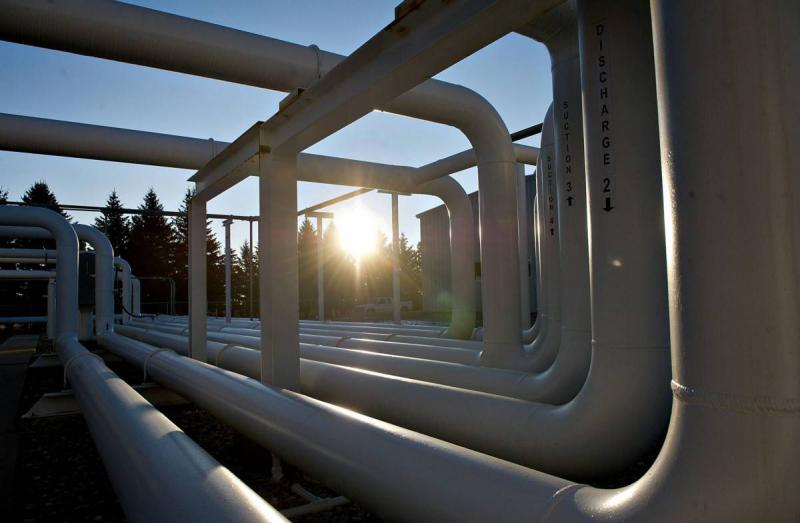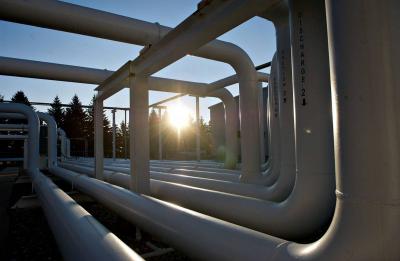A government report has predicted that U.S. natural gas production from major shale basins will reach a record level for the sixth consecutive month in November. The report from the U.S. Energy Information Administration indicates that total gas production is expected to rise by 0.3 billion cubic feet per day to 87.9 billion cubic feet per day.
Regarding oil production, the Energy Information Administration report forecasts that oil output from the seven major shale formations in the United States will increase by 76,000 barrels per day to 8.29 million barrels per day in November. It added that production from the Permian Basin, the largest shale formation in the country, is expected to rise by 62,000 barrels per day to 4.8 million barrels per day next month.
**Global Gas Demand**
U.S. natural gas futures fell by about 8% in trading on Monday, hitting their lowest level in three weeks due to expectations of moderate weather, overlooking a 10% jump in European gas prices after Russian gas giant Gazprom failed to secure additional fuel supplies for Europe.
In recent weeks, U.S. gas prices have risen to their highest levels since 2008 due to expectations that record global gas prices will keep demand for U.S. liquefied natural gas exports strong, as utility companies in Europe and Asia compete to replenish inventories ahead of the winter heating season.
**U.S. Inventory Forecasts**
Analysts expect that U.S. gas inventories will exceed 3.5 trillion cubic feet by the beginning of the winter heating season in November, which they consider a comfortable level, although it is below the five-year average of 3.7 trillion cubic feet.
U.S. gas futures for November ended Monday's session down 42.1 cents, or 7.8%, settling at $4.989 per million British thermal units, the lowest closing level since September 23.
On the oil prices side, the session yesterday ended mixed after prices touched their highest levels in several years, as a decline in U.S. industrial output in September dampened the enthusiasm about demand that had been dominant in early trading.
Brent crude, the global benchmark, finished the trading session down 55 cents, or 0.6%, settling at $84.33 per barrel after briefly jumping to $86.04, the highest level since October 2018. Meanwhile, U.S. West Texas Intermediate crude closed up 16 cents, or 0.2%, at $82.44 per barrel after reaching $83.87, its highest level since October 2014.




